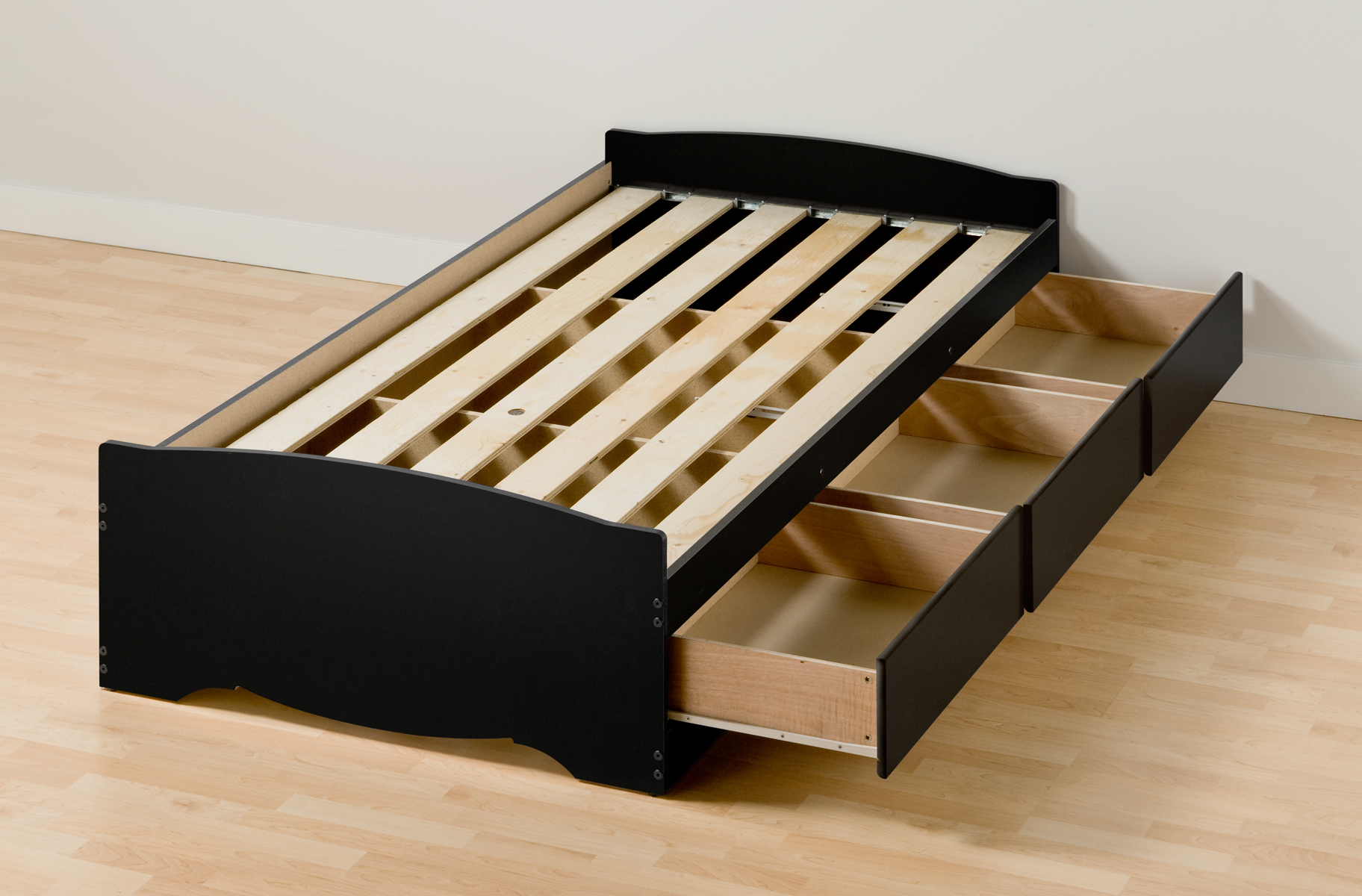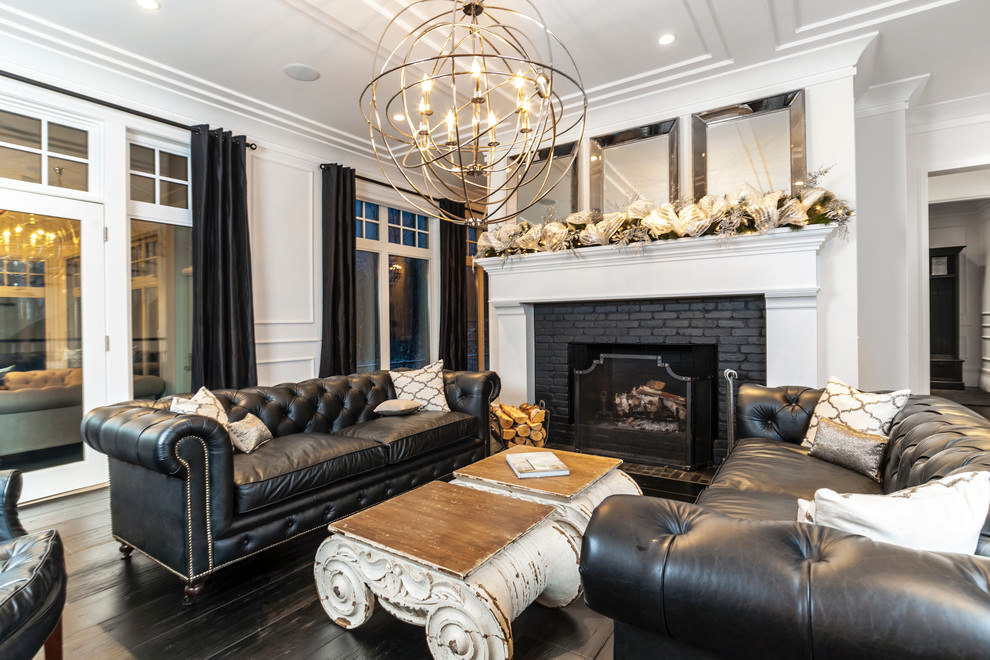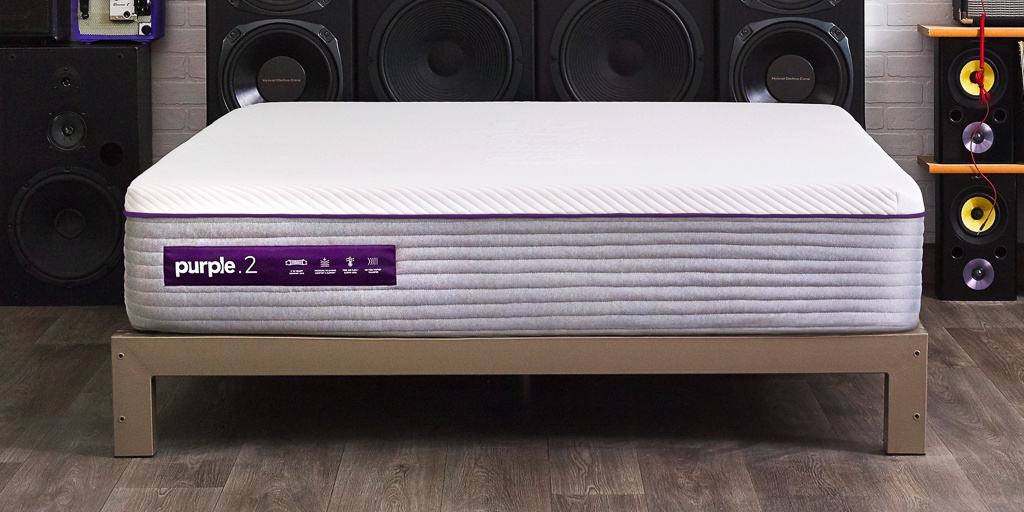Kitchen lighting design is an essential element in creating a functional and visually appealing space. Overall, there are three main types of lighting that work together to provide adequate illumination for the kitchen: general lighting, task lighting, and accent lighting. General lighting, also known as ambient lighting, provides overall illumination for the entire space. Task lighting helps to illuminate specific areas where certain tasks are performed, such as food preparation or cooking. Lastly, accent lighting adds dimension and highlights specific design elements in the kitchen. When planning the kitchen lighting design, it is essential to consider the placement and type of fixtures to ensure an even distribution of light throughout the space. This is especially important in the kitchen, where proper lighting can enhance functionality and safety. Additionally, general lighting can help create a warm and inviting atmosphere in the kitchen, making it a space where people want to gather and spend time in.General Lighting for Kitchen Design
There are various types of lighting fixtures that can be used in kitchen design to provide general, task, and accent lighting. Recessed lighting is a popular choice for general lighting in the kitchen. These fixtures are installed directly into the ceiling and provide a clean, modern look. Pendant lights are another option for general lighting, and they can add a touch of elegance and style to the kitchen. They are often used as a focal point over a kitchen island or dining area. Undercabinet lighting and track lighting are excellent choices for task lighting in the kitchen. They provide focused light on specific work areas, such as countertops or stovetops, making it easier to prepare and cook food. Accent lighting options include strip lighting and spotlights, which can be used to highlight specific design features, such as a backsplash or decorative shelving.The Best Kitchen Design Lighting Options
When planning your kitchen lighting design, there are several factors to consider. First, think about the layout of your kitchen and the different areas that require specific lighting, such as the cooking and food preparation areas, dining space, and any decorative features. Next, consider the overall style and atmosphere you want to create in the kitchen. Task lighting should be installed where needed, such as above the stove and sink, and under cabinets. For general lighting, consider the size and shape of the space and the number of fixtures needed to provide adequate illumination. Lastly, for accent lighting, think about which areas or design elements you want to highlight and choose appropriate fixtures to achieve the desired effect.How to Plan Your Kitchen Lighting Design
A well-designed kitchen lighting plan not only enhances the functionality of the space but also plays a significant role in the overall aesthetic. Poor lighting can make a kitchen feel dark, cramped, and uninviting. Additionally, inadequate task lighting can make simple tasks like chopping vegetables or reading a recipe more challenging and even dangerous. Moreover, proper lighting can also impact energy efficiency in the kitchen. By using a combination of natural and artificial lighting, homeowners can reduce the need for artificial light during the day, resulting in lower energy consumption.The Importance of Proper Kitchen Lighting Design
There are numerous creative ways to incorporate lighting into your kitchen design. For example, consider adding LED lights under cabinets or inside drawers for a unique and practical touch. Homeowners can also use color-changing LED lights to add ambiance to the kitchen and change the mood depending on the occasion. Wall sconces can also add a stylish and functional touch to the kitchen, providing both general and accent lighting. Additionally, hanging light fixtures come in various shapes, sizes, and designs and can be used to make a statement and tie together the overall design of the kitchen.Creative Ways to Incorporate Lighting into Your Kitchen Design
When choosing the right lighting for your kitchen design, always keep in mind the functionality and style of the space. Consider the colors and materials used in the kitchen and choose lighting fixtures that complement or enhance these elements. Additionally, think about the size and layout of the space when determining the number and placement of fixtures to achieve the desired level of illumination. Furthermore, energy efficiency should also be a factor when choosing lighting for the kitchen. LED lights, for example, are not only long-lasting and environmentally friendly, but they also use significantly less energy than traditional incandescent bulbs.Tips for Choosing the Right Lighting for Your Kitchen Design
Lighting in a small kitchen can be challenging, as there is often limited space for fixtures. However, there are several lighting options that can enhance the functionality and design of a small kitchen. Recessed lighting is an excellent choice for small kitchens as it does not take up much room. Undercabinet lighting and pendant lights are also suitable for small kitchens as they provide focused lighting without taking up valuable space. In addition, mirrors can be used to reflect natural light and make the space appear larger, while also adding a decorative element to the kitchen.Lighting Solutions for Small Kitchen Designs
In recent years, there has been a growing focus on lighting in kitchen design as homeowners recognize its importance in not only creating a functional space, but also a visually appealing one. One popular trend is layering lighting, which involves using a combination of all three types of lighting - general, task, and accent - to create a dynamic and versatile lighting plan. Another trend is smart lighting, which allows for remote control and customization of lighting options. This technology not only adds convenience but can also enhance energy efficiency in the kitchen.Kitchen Design Trends: Focus on Lighting
Maximizing natural lighting in the kitchen can help reduce energy consumption and create a bright and welcoming space. Consider adding larger windows or skylights to let in more natural light. For kitchens with limited access to natural light, a solar light tube can be installed to bring in natural light without the need for windows. Furthermore, make use of light colors and reflective surfaces in the kitchen to help distribute and enhance natural light. White or light-colored cabinets, countertops, and backsplashes can make the space feel brighter and more open.Maximizing Natural Lighting in Kitchen Design
Task lighting is an essential element in kitchen design, as it helps to illuminate specific areas where tasks are performed. From food preparation to cooking to dining, there are various tasks that require different levels of lighting. Adjustable task lighting, such as track lighting or portable lamps, can be a helpful addition to a kitchen design as it can be adjusted to suit different tasks and occasions. Moreover, specific areas, such as above the stove or sink, may require targeted lighting. Undercabinet lighting, hanging pendant lights, or small task lights mounted directly above these areas can provide the necessary illumination.Adding Task Lighting to Your Kitchen Design
Lighting in a kitchen not only affects the functionality and energy efficiency of the space, but it can also impact the mood and overall atmosphere. Bright, natural lighting can create a sense of openness and positivity, while warm, dim lighting can create a cozy and intimate ambiance. The right lighting can also help set the mood for different situations, such as cooking, entertaining, or relaxing. In summary, proper lighting is a crucial aspect of kitchen design, enhancing both functionality and aesthetics. By considering the various options and features available, homeowners can create a well-lit and visually appealing kitchen that meets their specific needs and preferences.The Impact of Lighting in Kitchen Design on Mood and Functionality
The Importance of Lighting in Kitchen Design
 When it comes to designing a kitchen, one important aspect that is often overlooked is lighting. However, lighting plays a crucial role in the overall functionality and aesthetics of a kitchen. It not only illuminates the space but also enhances the mood and ambience of the room. As such, it is essential to carefully consider the lighting elements in your kitchen design to create a beautiful and functional space.
When it comes to designing a kitchen, one important aspect that is often overlooked is lighting. However, lighting plays a crucial role in the overall functionality and aesthetics of a kitchen. It not only illuminates the space but also enhances the mood and ambience of the room. As such, it is essential to carefully consider the lighting elements in your kitchen design to create a beautiful and functional space.
Functionality
 The first and foremost purpose of lighting in kitchen design is to provide functionality. Proper lighting is necessary for carrying out everyday tasks such as cooking, cleaning, and dining. The most common and practical types of lighting in a kitchen are ambient, task, and accent lighting. Ambient lighting provides overall illumination for the entire space, task lighting focuses on specific work areas, and accent lighting highlights certain features such as artwork or architectural details. By strategically combining these lighting elements, you can ensure that your kitchen is well-lit and functional for all your daily activities.
The first and foremost purpose of lighting in kitchen design is to provide functionality. Proper lighting is necessary for carrying out everyday tasks such as cooking, cleaning, and dining. The most common and practical types of lighting in a kitchen are ambient, task, and accent lighting. Ambient lighting provides overall illumination for the entire space, task lighting focuses on specific work areas, and accent lighting highlights certain features such as artwork or architectural details. By strategically combining these lighting elements, you can ensure that your kitchen is well-lit and functional for all your daily activities.
Aesthetics
 Apart from functionality, lighting also plays a significant role in the aesthetics of a kitchen. With the right lighting, you can create a welcoming and inviting atmosphere, making your kitchen not just a functional space but also a place for socializing and gathering with family and friends. Choosing the right light fixtures, such as pendant lights or under-cabinet lighting, can add a touch of style and personality to your kitchen design. Moreover, by incorporating dimmers and adjustable lights, you can control the intensity of the lighting to create the desired mood for different occasions.
Apart from functionality, lighting also plays a significant role in the aesthetics of a kitchen. With the right lighting, you can create a welcoming and inviting atmosphere, making your kitchen not just a functional space but also a place for socializing and gathering with family and friends. Choosing the right light fixtures, such as pendant lights or under-cabinet lighting, can add a touch of style and personality to your kitchen design. Moreover, by incorporating dimmers and adjustable lights, you can control the intensity of the lighting to create the desired mood for different occasions.
Efficiency and Safety
 In addition to functionality and aesthetics, lighting also plays a crucial role in efficiency and safety in the kitchen. Good lighting can help you save energy by reducing the need for artificial lights during the day. Natural light, in particular, is essential in kitchen design as it not only provides excellent lighting but also creates a more welcoming and spacious atmosphere. Moreover, proper lighting can also enhance safety in the kitchen by reducing the risk of accidents and injuries, such as burns or cuts, by providing adequate visibility for tasks.
In conclusion, lighting is a vital aspect of kitchen design that should not be overlooked. It not only provides functionality and sets the mood for the space but also enhances the overall aesthetics and efficiency of the kitchen. When designing your kitchen, make sure to carefully consider the lighting elements to create a beautiful, functional, and safe space for all your cooking and socializing needs.
In addition to functionality and aesthetics, lighting also plays a crucial role in efficiency and safety in the kitchen. Good lighting can help you save energy by reducing the need for artificial lights during the day. Natural light, in particular, is essential in kitchen design as it not only provides excellent lighting but also creates a more welcoming and spacious atmosphere. Moreover, proper lighting can also enhance safety in the kitchen by reducing the risk of accidents and injuries, such as burns or cuts, by providing adequate visibility for tasks.
In conclusion, lighting is a vital aspect of kitchen design that should not be overlooked. It not only provides functionality and sets the mood for the space but also enhances the overall aesthetics and efficiency of the kitchen. When designing your kitchen, make sure to carefully consider the lighting elements to create a beautiful, functional, and safe space for all your cooking and socializing needs.
































































































